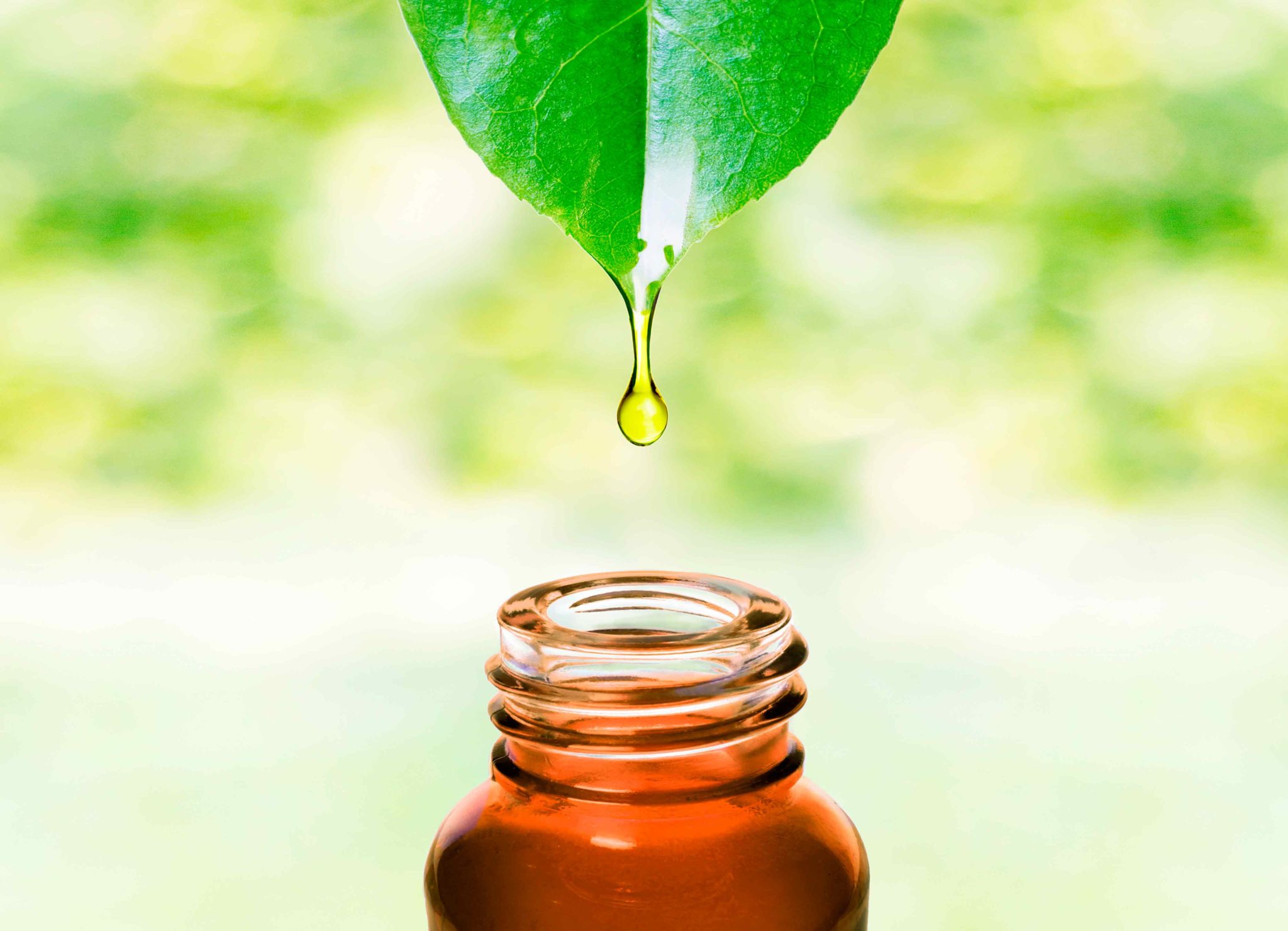Plant extracts are preparations obtained from the alcoholic extraction of photochemical substances from different plant products, foods or condiments.
Plant extracts have important applications in the agricultural sector. The photochemical compounds present in plant extracts are of great variety and concentration, so their benefits are many: they can be used to combat pests and diseases in different crops, as well as function as stimulants in development, they also favor vegetative development and the activation of their biochemical cycles for the production of specific substances in plants. On the other hand, these compounds help, as part of the stimulation, the induction of resistance in plants to biotic and abiotic factors.
Plant extracts can be obtained on the basis of water or alcohol. The advantage of using alcoholic extracts over aqueous extracts lies in the ability to extract specific substances to activate plant mechanisms. In addition to obtaining higher concentrations of these substances.
Grupo Fagro and Biorganix Mexicana offer you the family of Biotika® products, made with high concentrations of alcohol-based plant extracts, such as Garlic, Cinnamon, Higuerilla, Gobernadora and Lettuce.
Garlic (Allium sativum) contains sulfur compounds called allicins and alliins, with multiple functions.
In agriculture, these compounds are useful as pest repellents such as mites, whiteflies, aphids and others.
They also have a fungicidal and bactericidal effect, which makes them very useful in the control of crop diseases.
Cinnamon (Cinnamomum verum) has a natural compound called cinnamaldehyde, with multiple benefits in agriculture.
It is a natural acaricide and repellent for agricultural pests, such as red spider mite, white mite, glassy mite, whitefly, aphids and thrips.
They also have a fungicidal and bactericidal effect, which makes them very useful in the control of crop diseases.
The desert lechuguilla (Agave lechuguilla) is a plant that has adapted to extreme conditions of drought and high temperatures and thanks to this it has developed compounds such as steroidal saponins within it.
Saponins are glycosides and have a behavior similar to detergents. In agriculture, they can be used as adjuvants in foliar applications, thanks to their surfactant activity, and as irrigation water conditioners to ensure soil penetration and moisture conservation. In addition, they are very useful in managing soils with salinity problems.
Higuerilla (Ricinus communis) naturally produces a compound called ethyl dodecanoate.
Ethyl dodecanoate has proven to be an excellent organic agricultural nematicide, since it affects chemotaxis and protein formation. These are essential functions for the nematode and without them it simply dies.
This compound has also proven to be an excellent alternative as an agricultural insecticide, since it can control pests of economic importance in vegetables and fruit trees.
Gobernadora (Larrea tridentata), is a plant native to the desert that has many properties that can be used in agriculture.
Resins derived from the gooseberry show fungicidal activity against Rhizoctonia solani, Fusarium oxysporum, Pythium spp. and other phytopathogenic fungi, such as those that cause powdery mildew, mildew and rust.
It also has insecticidal activity against: brown bean weevil (Acanthoscelides obtectus, Coleoptera: Bruchidae); greater grain borer (Prostephanus truncatus, Coleoptera: Bostrichidae).

